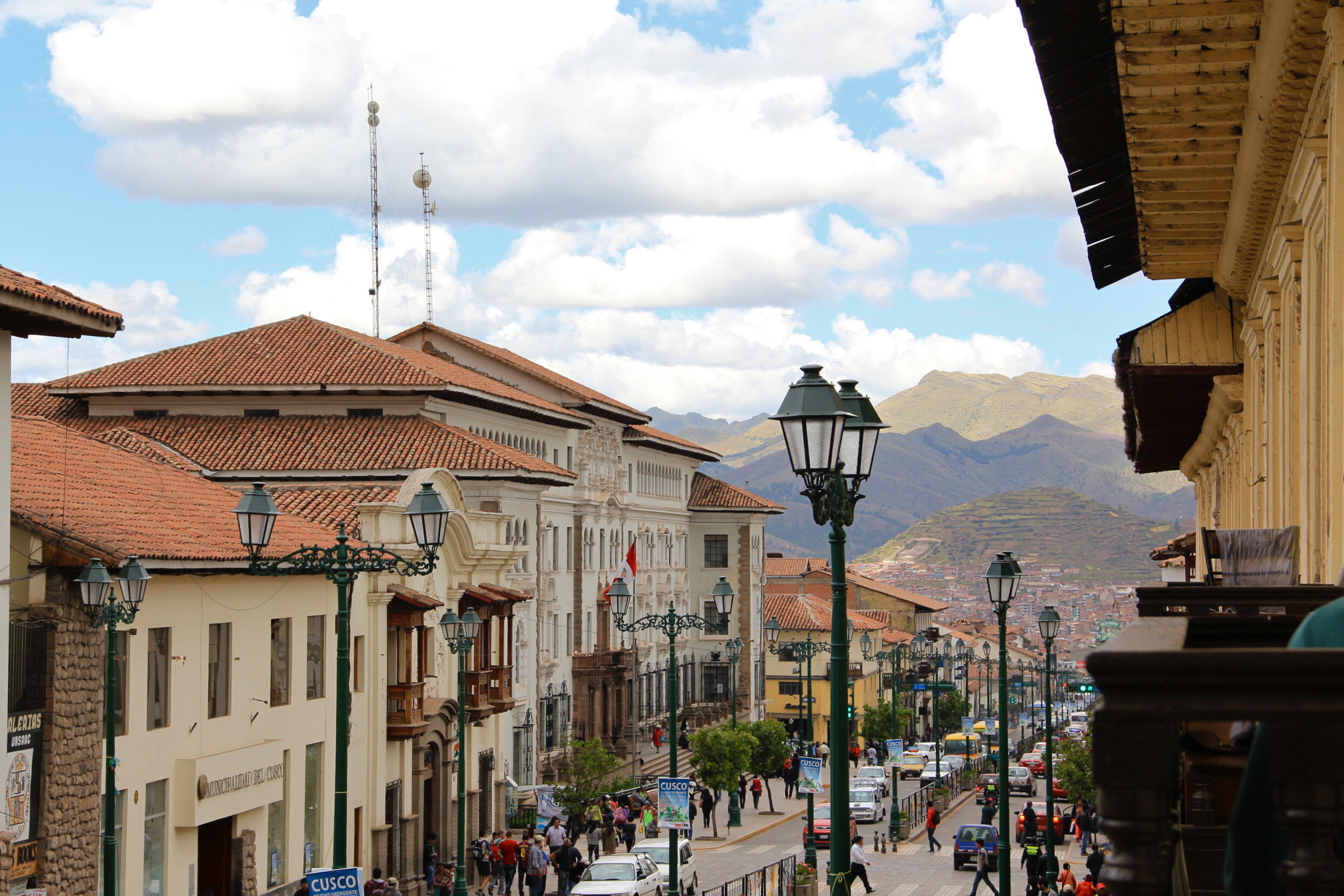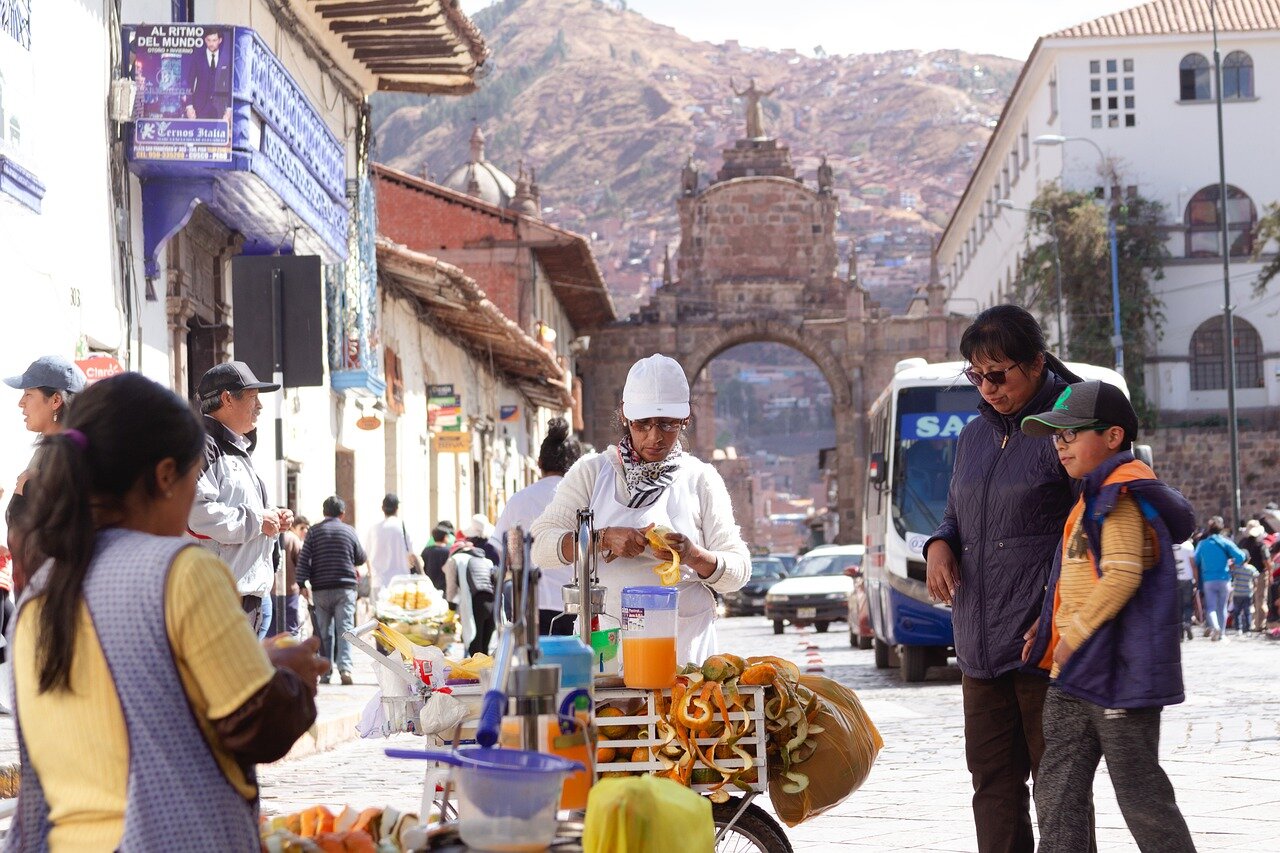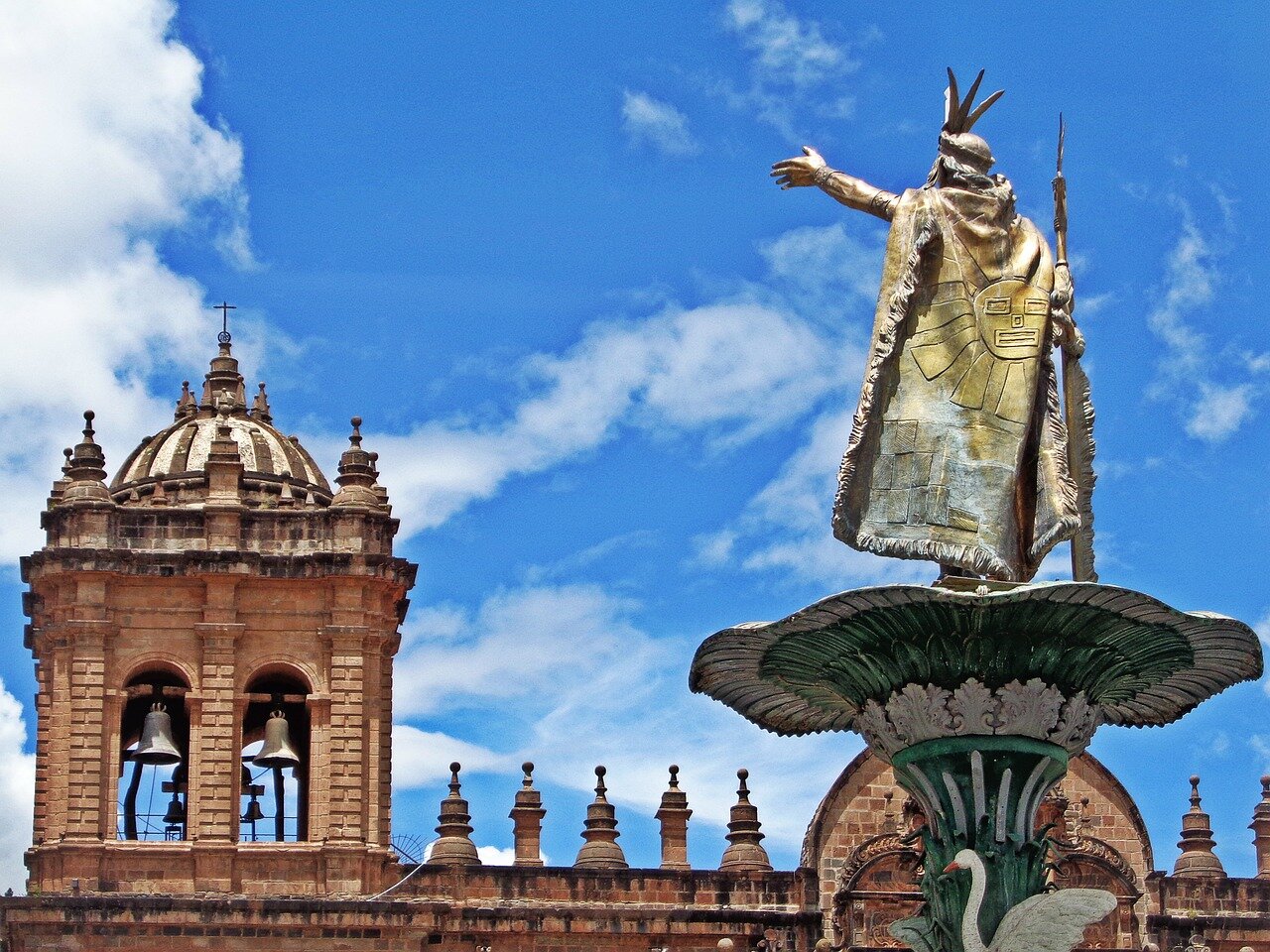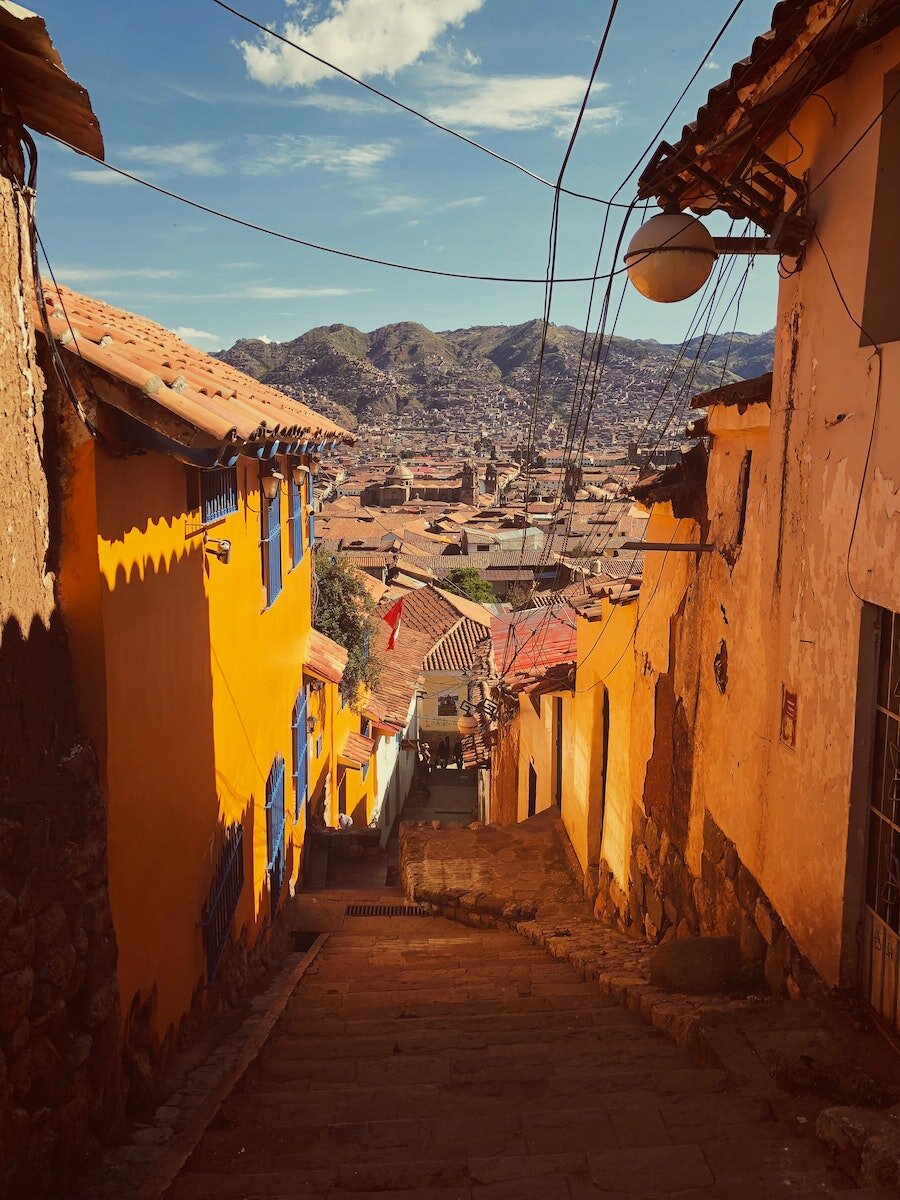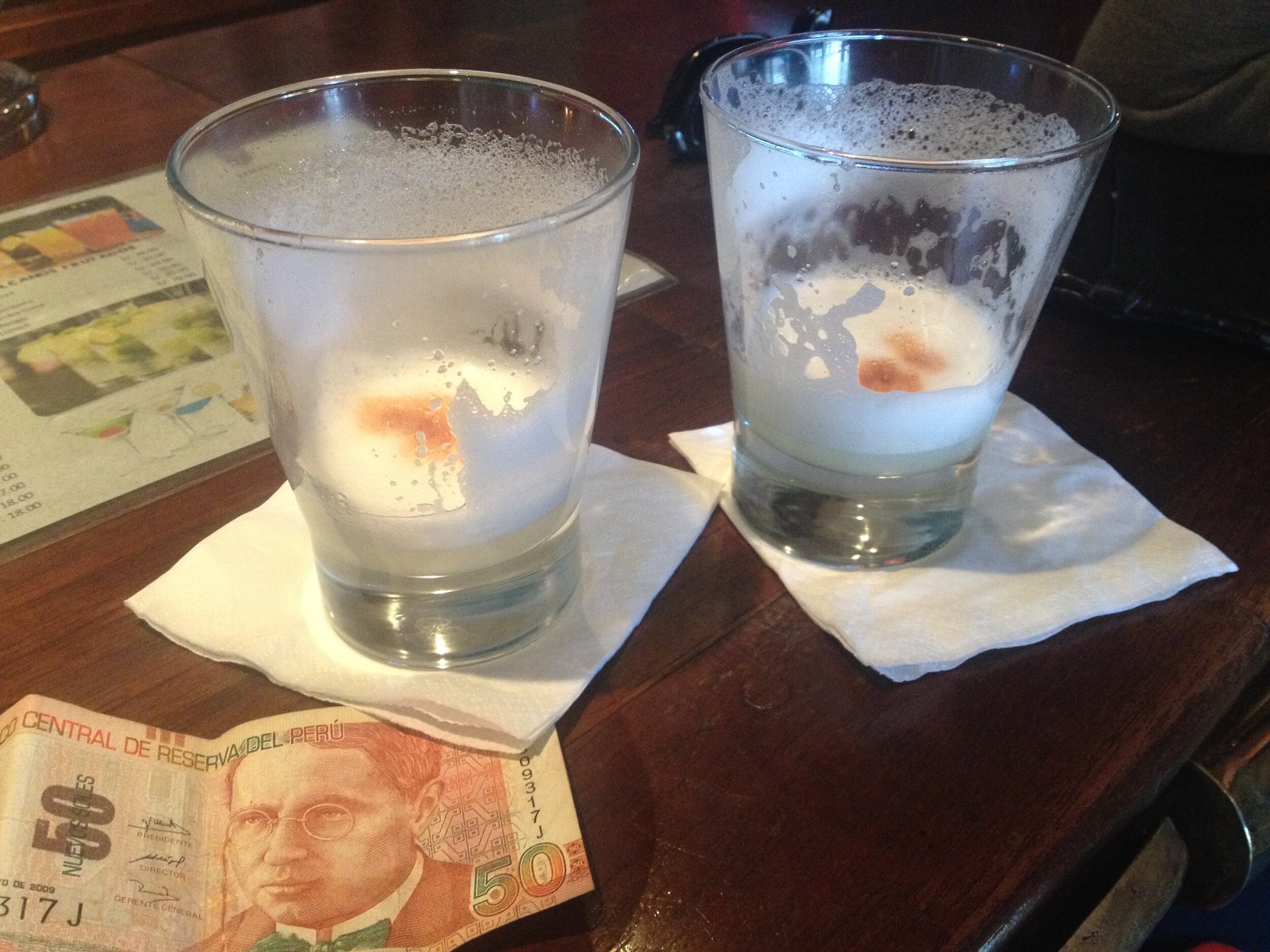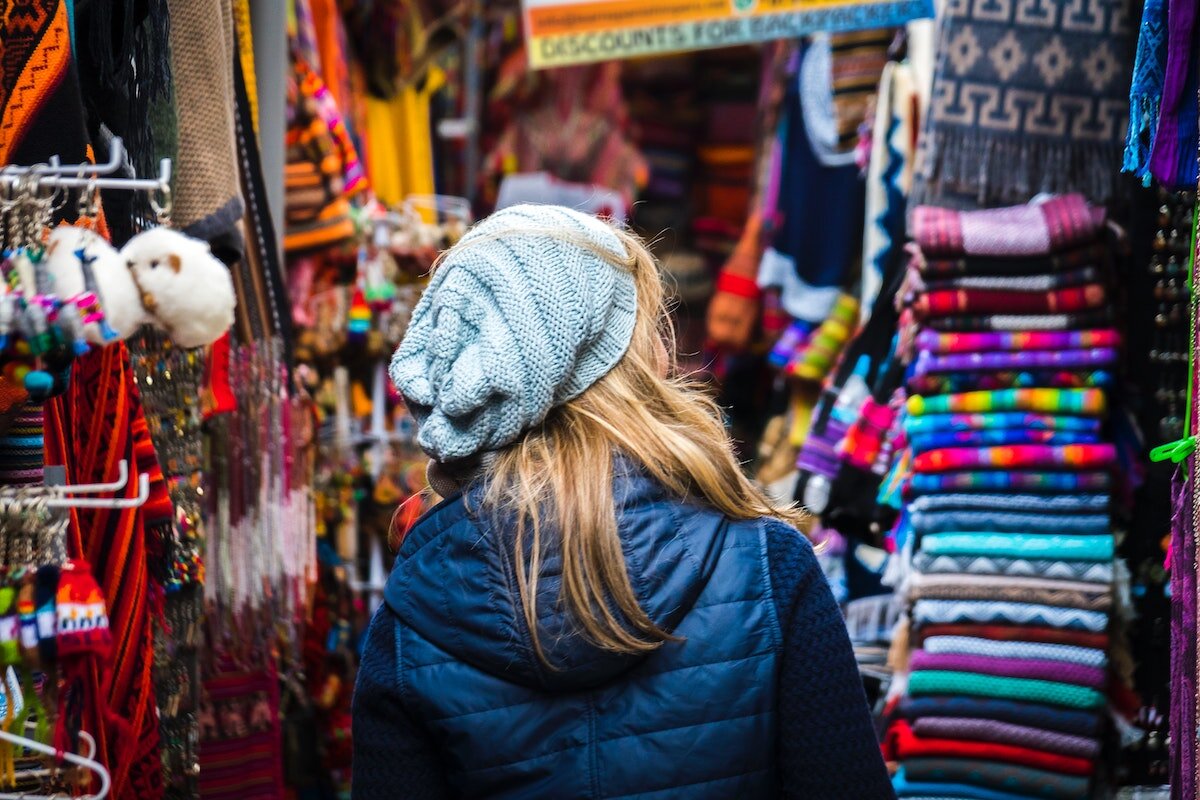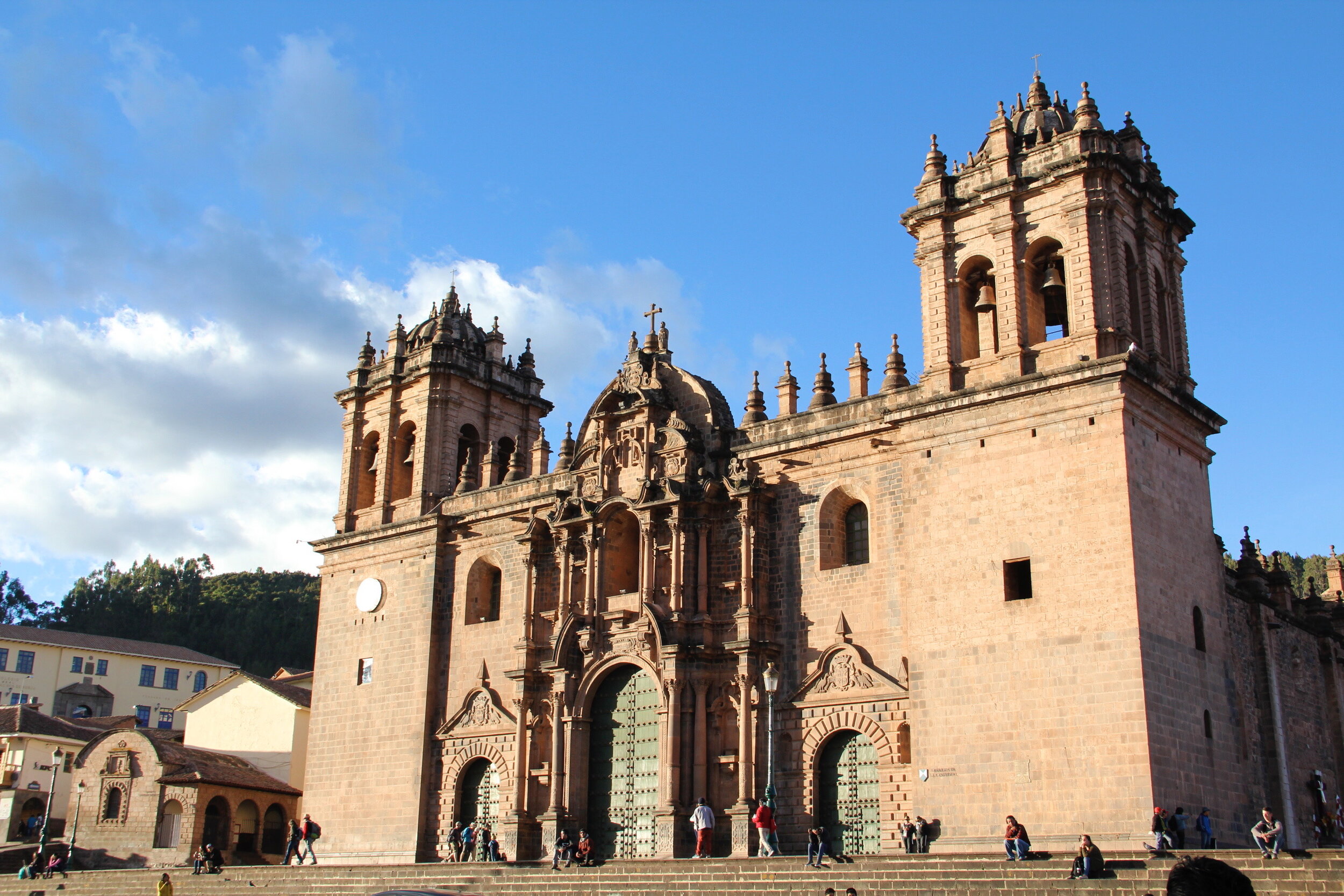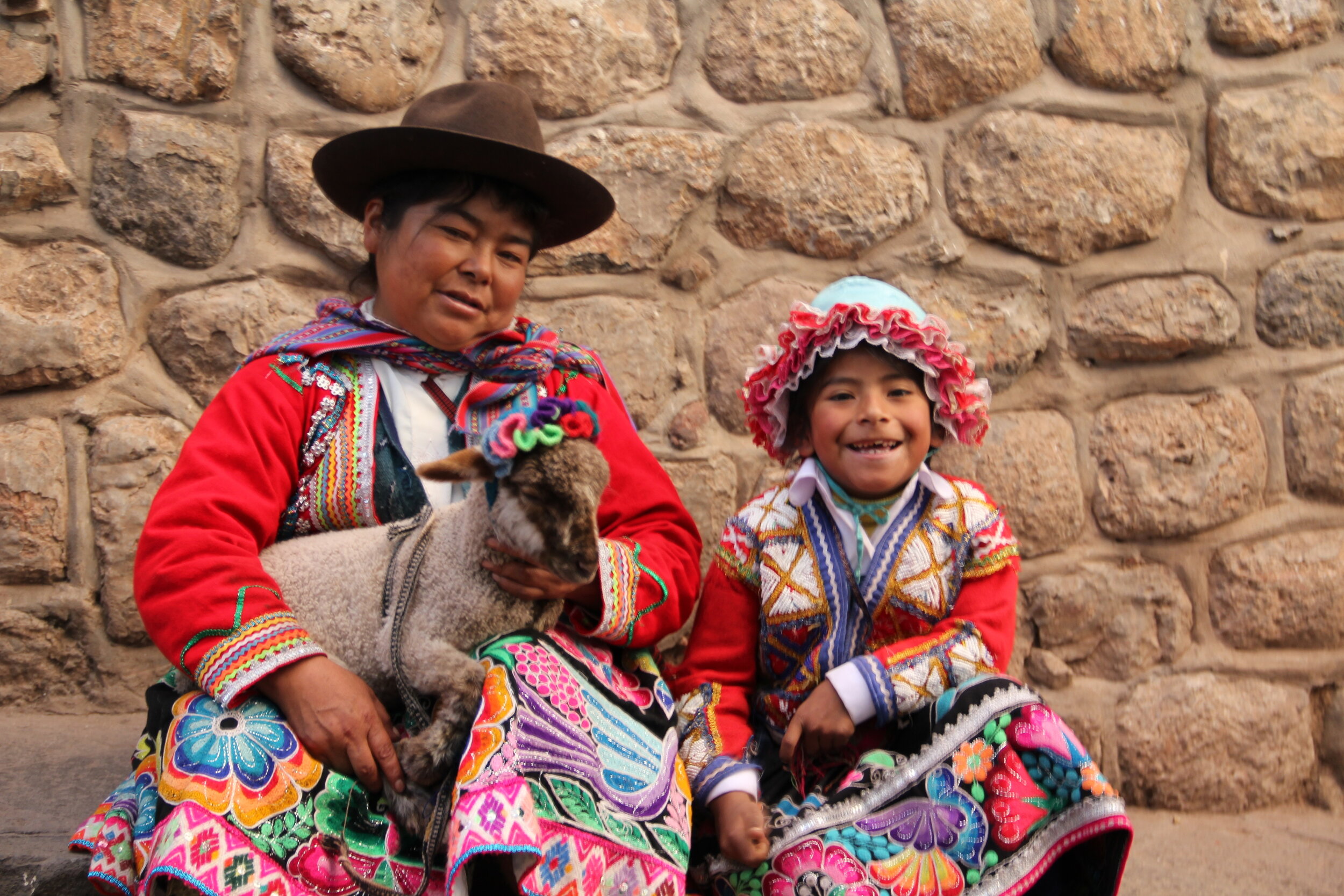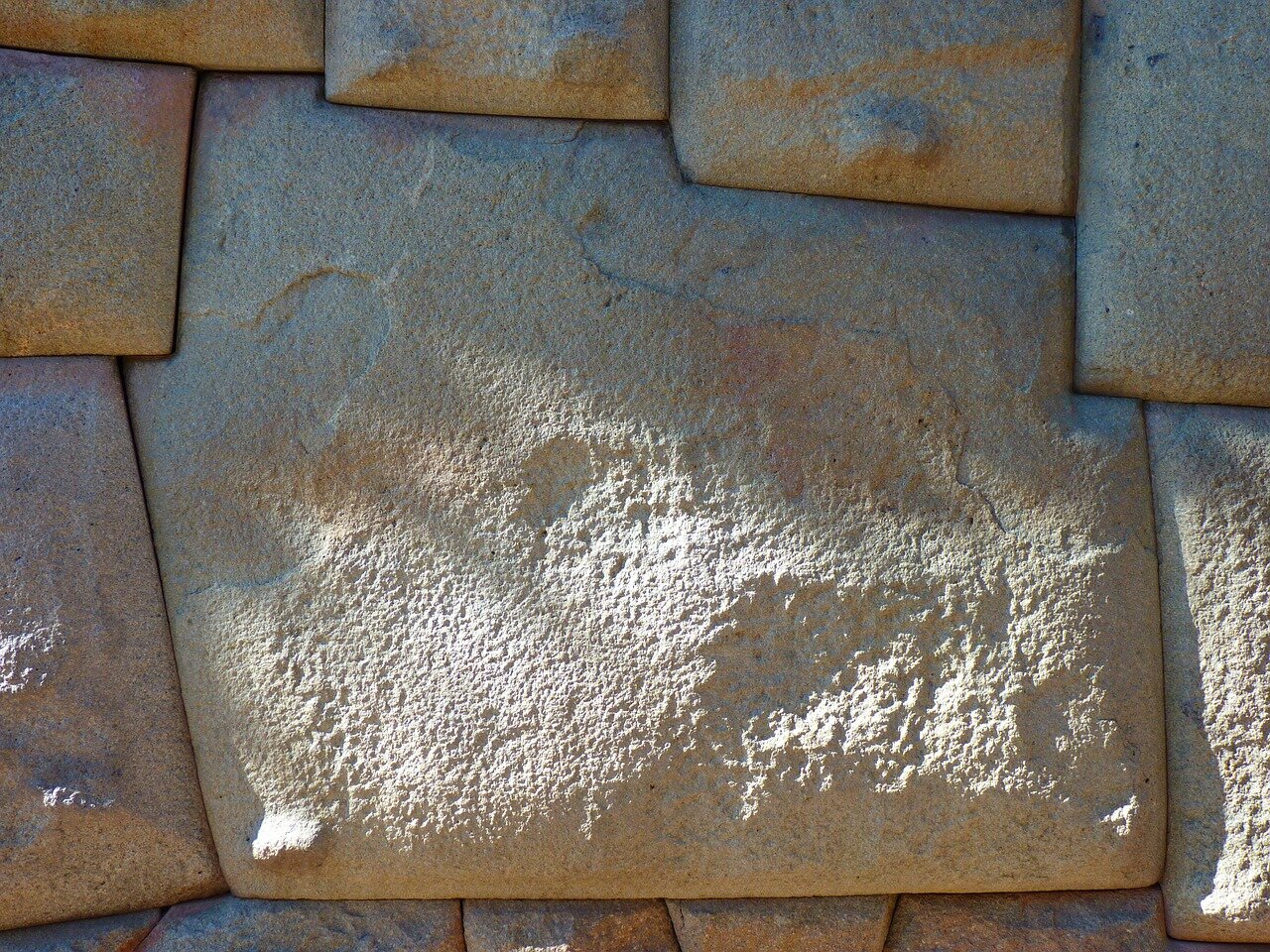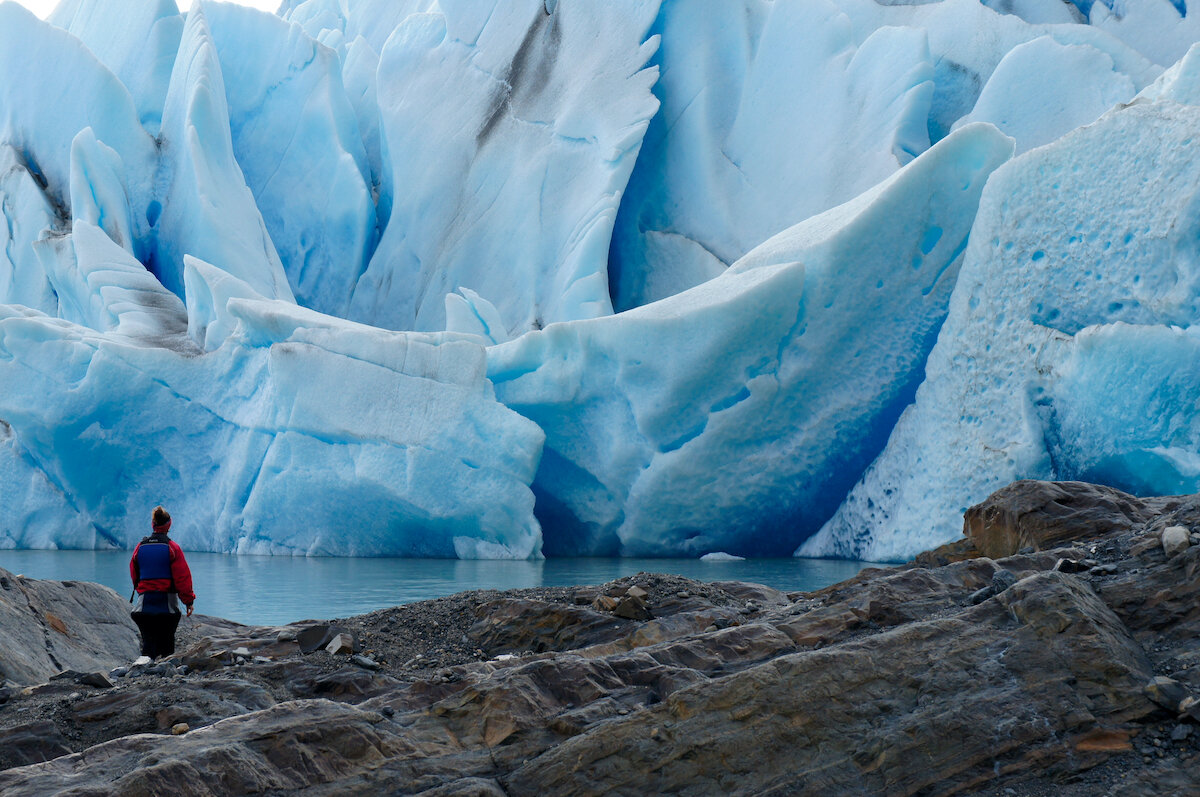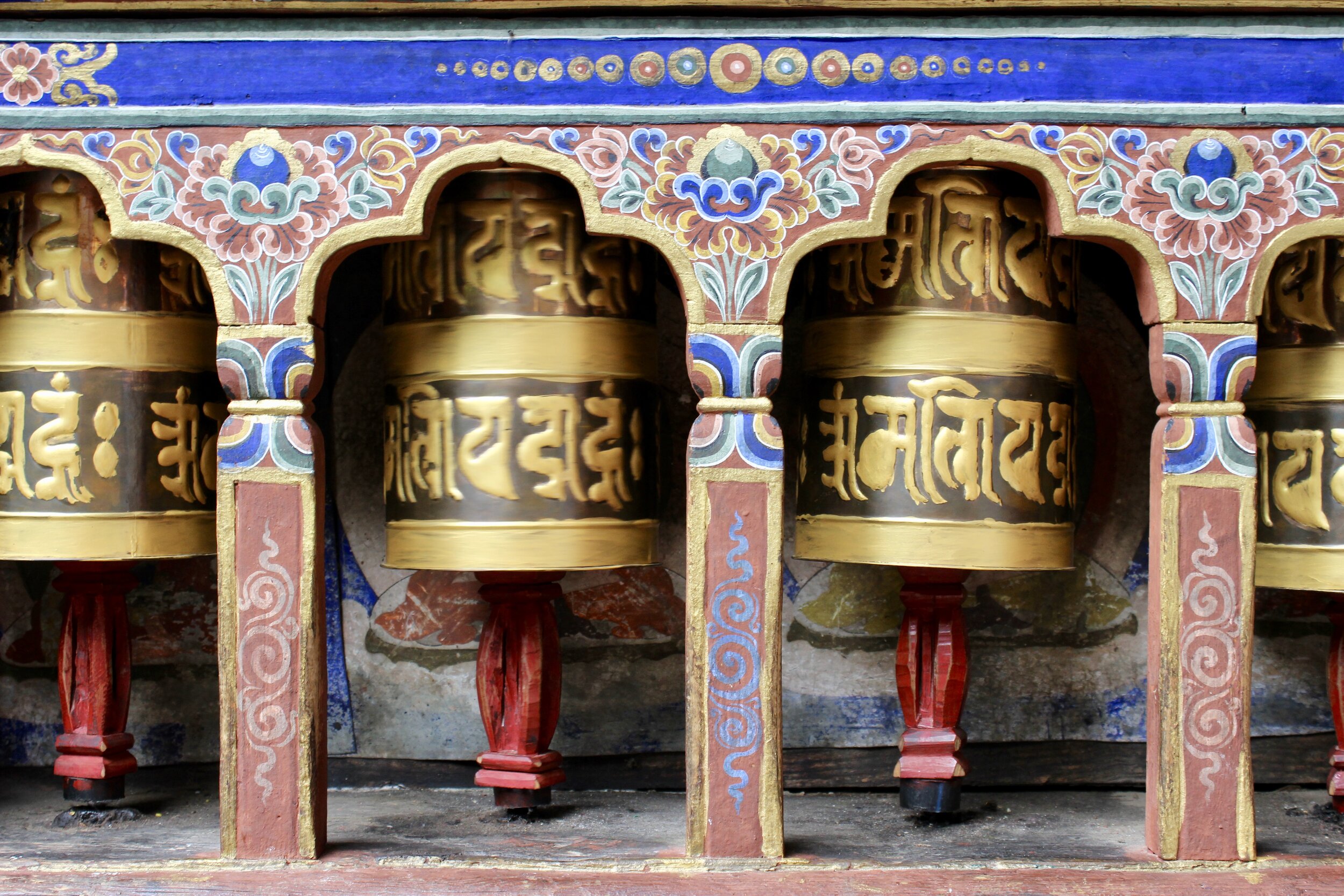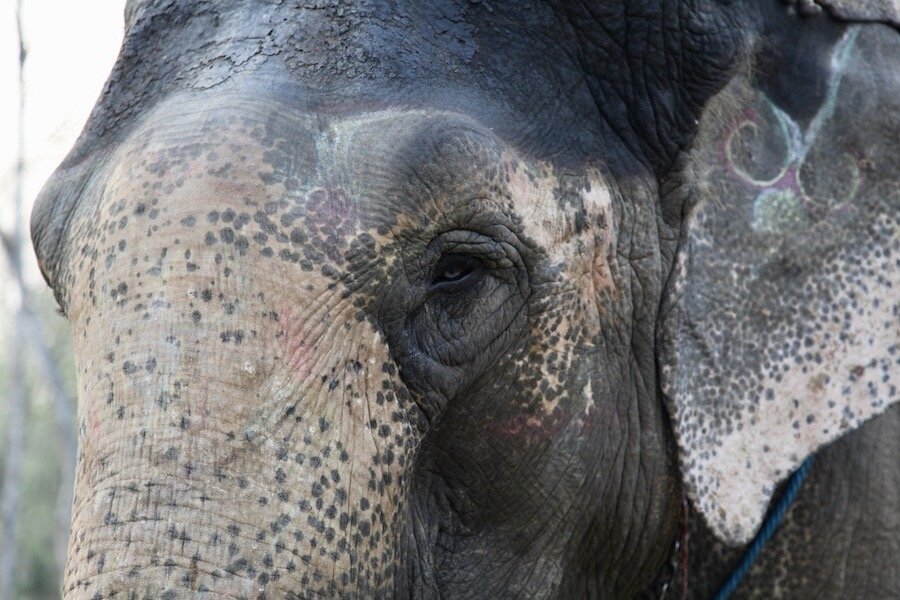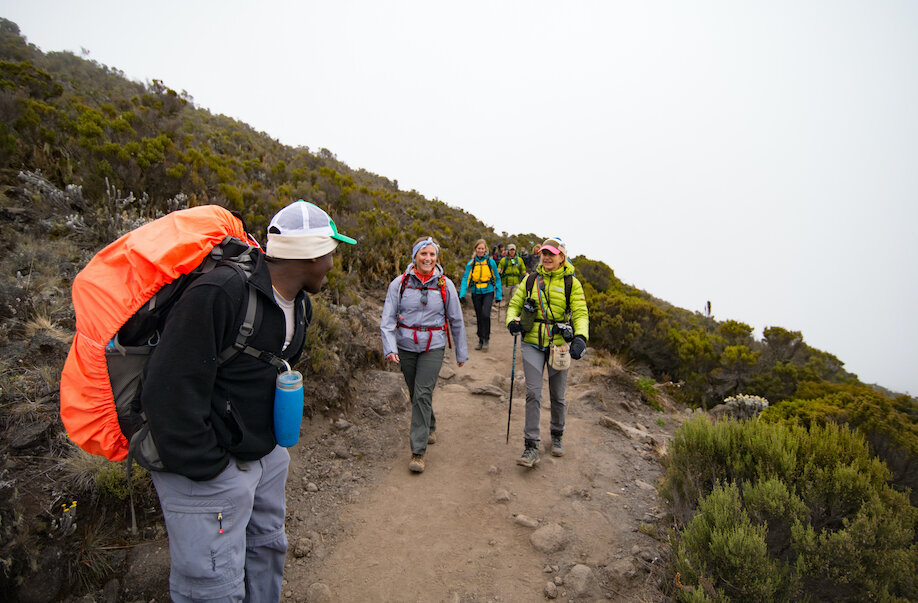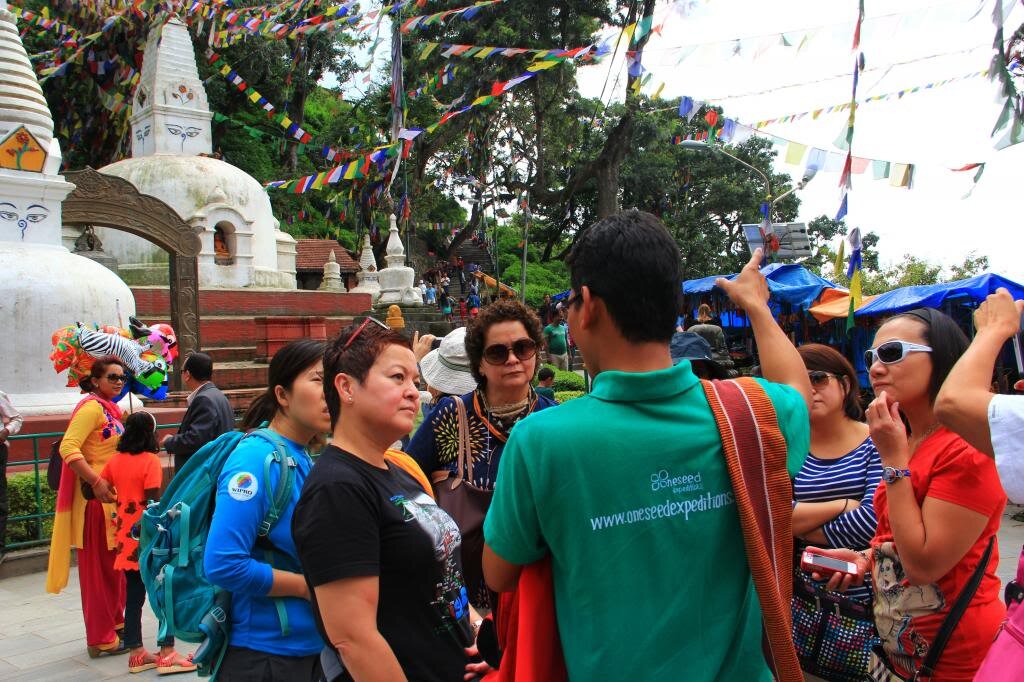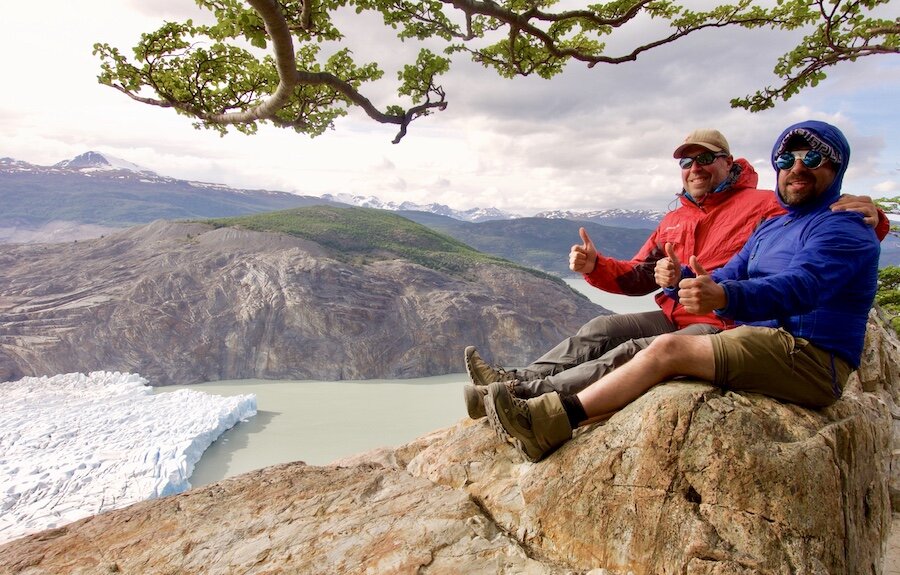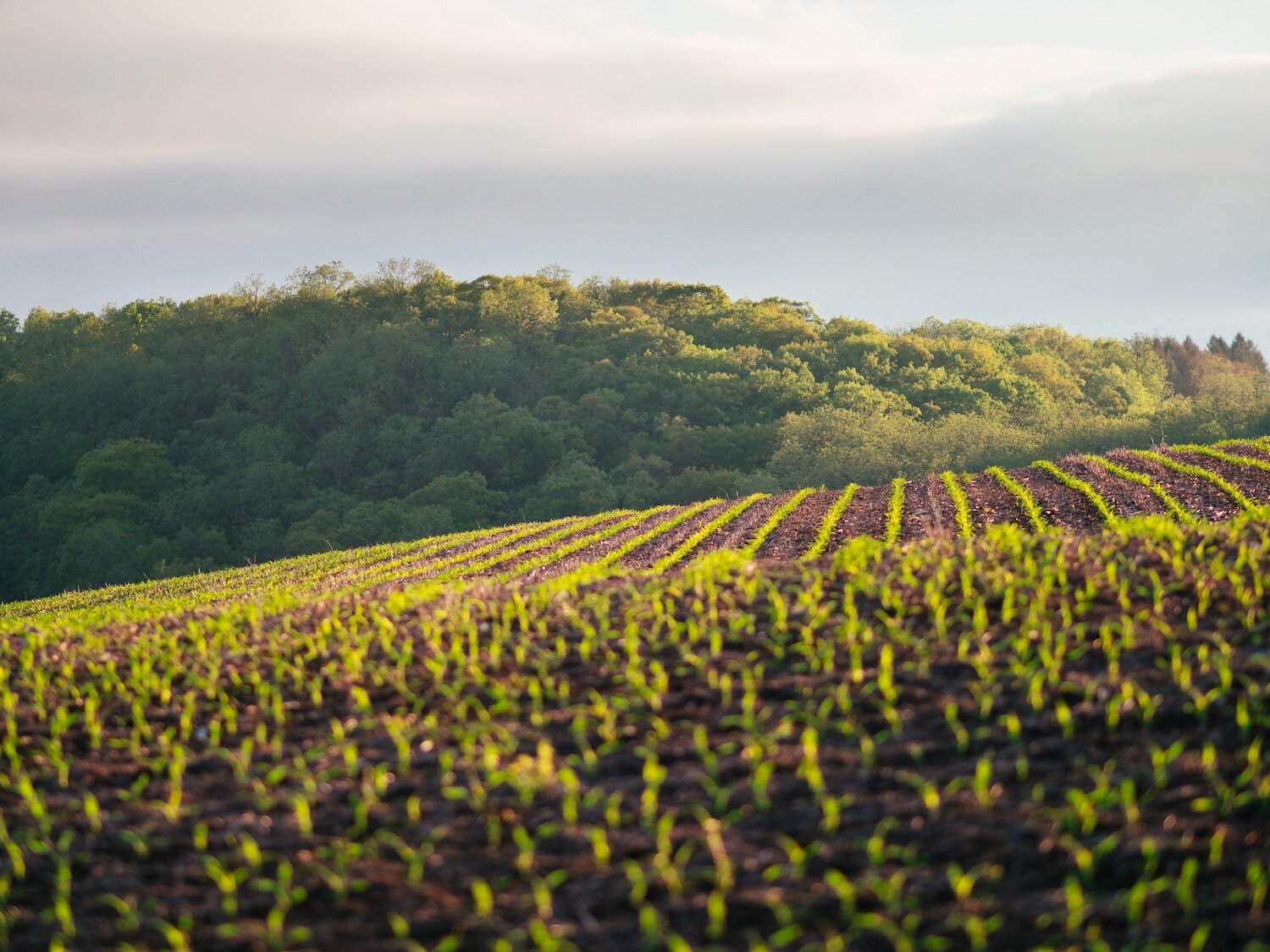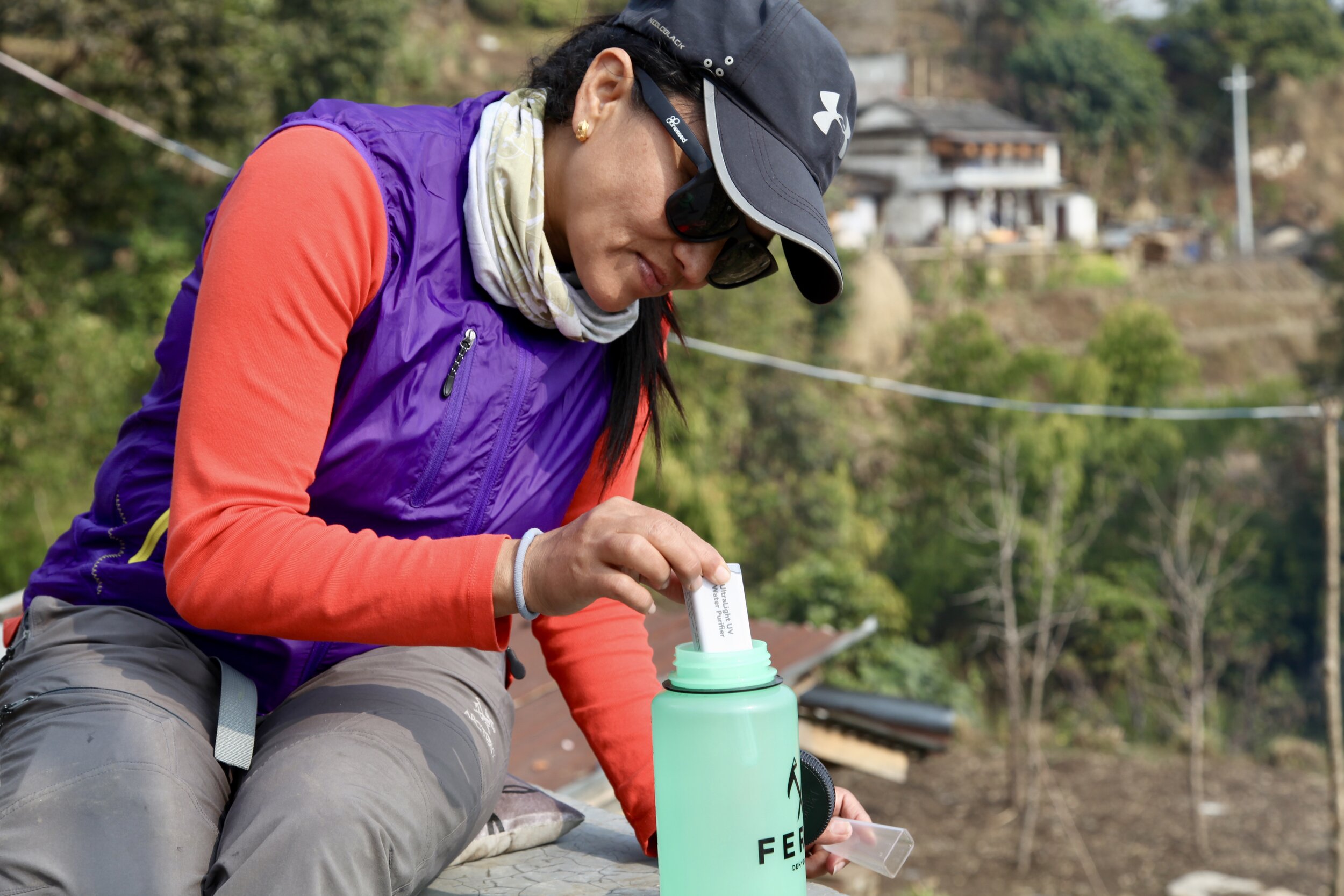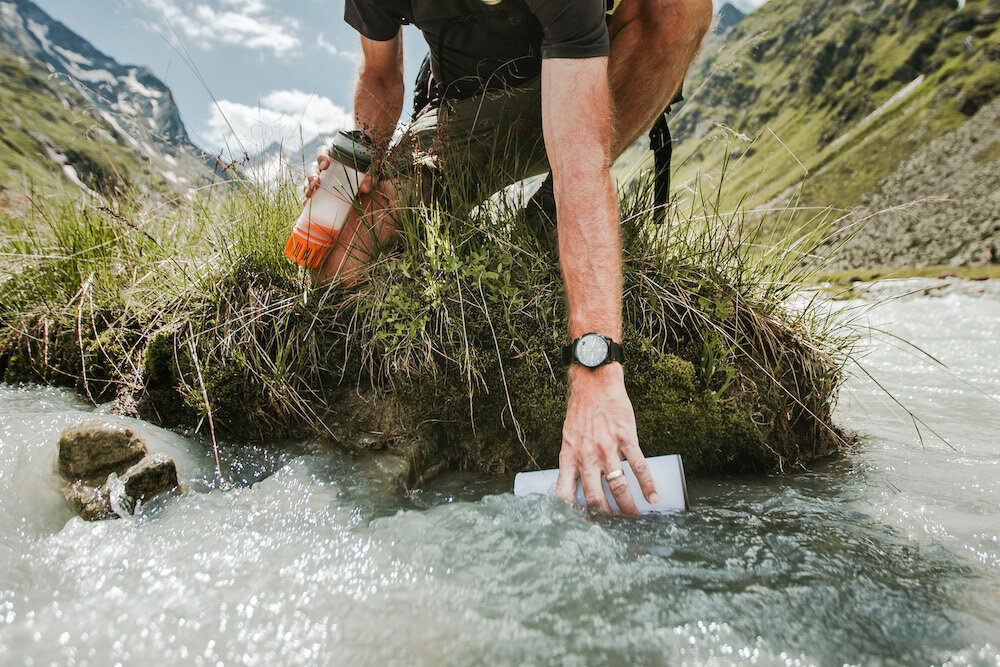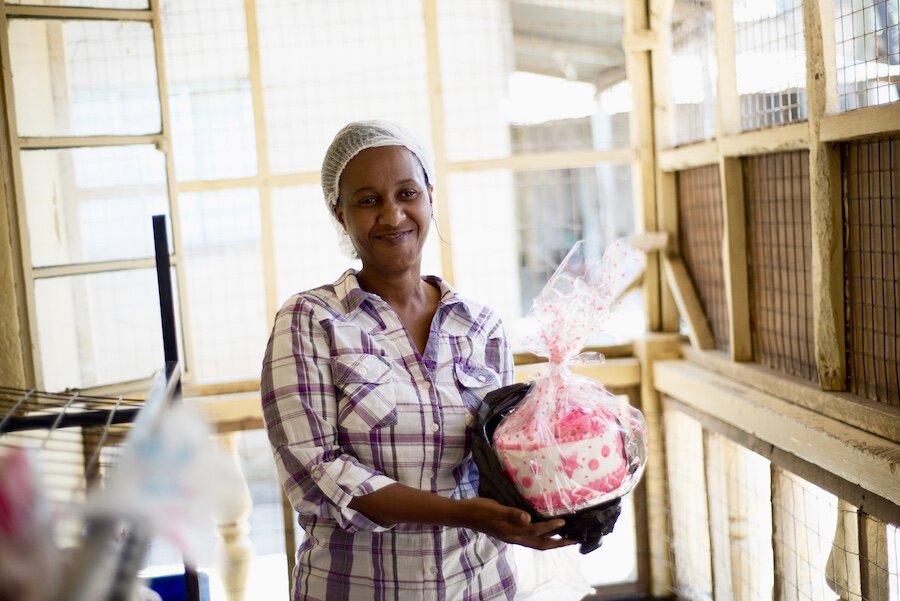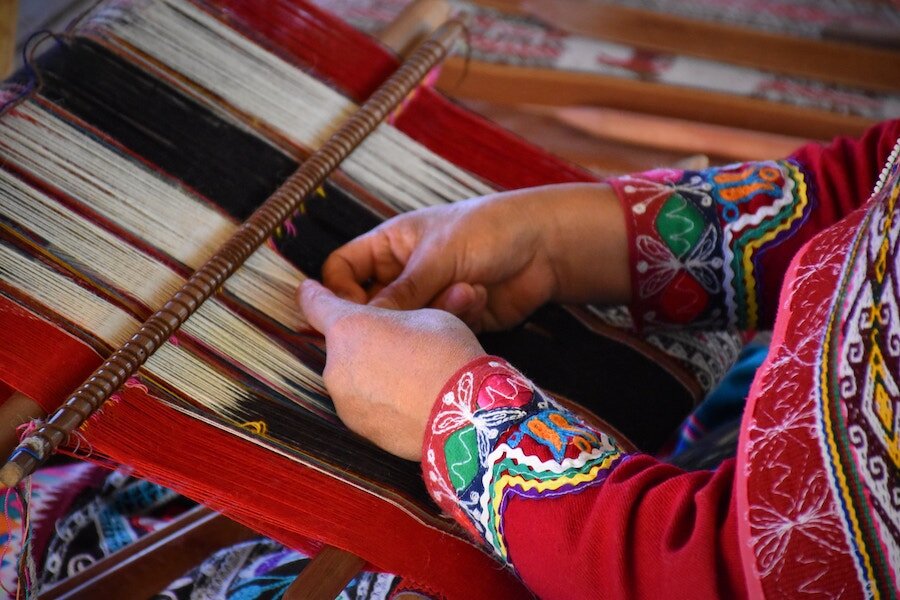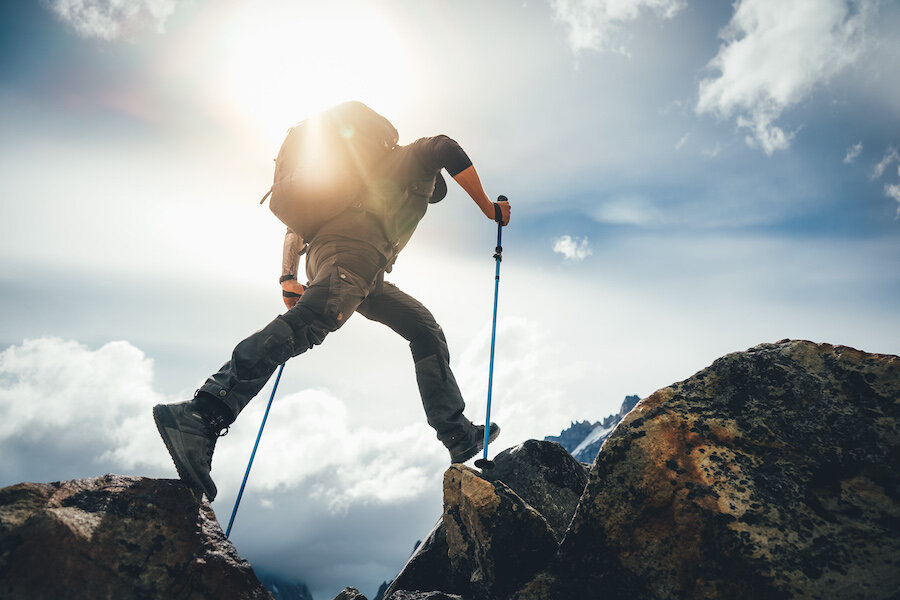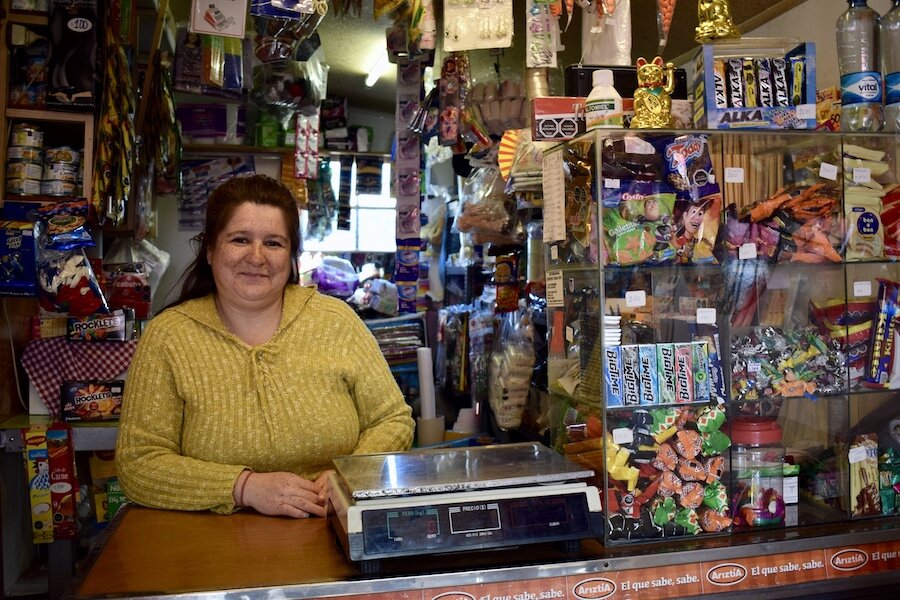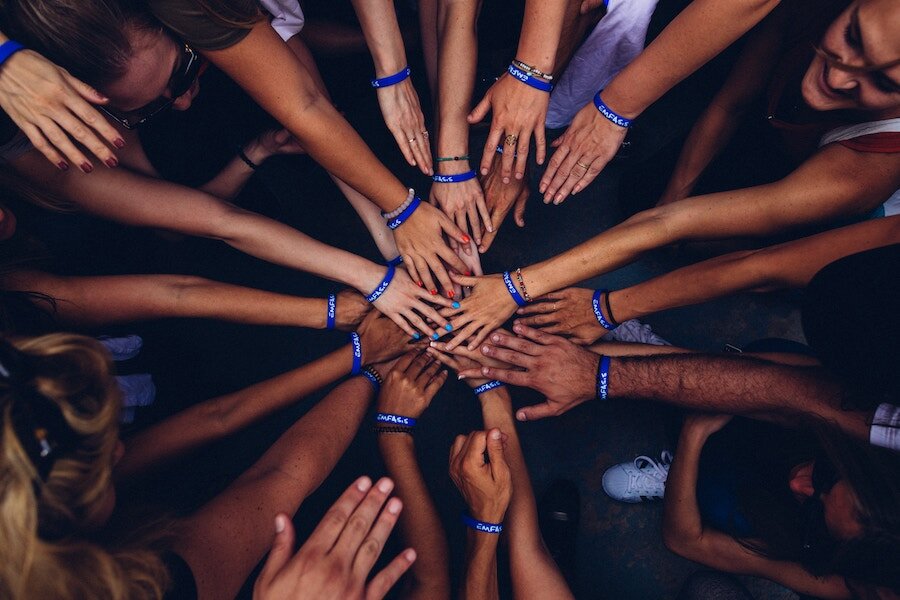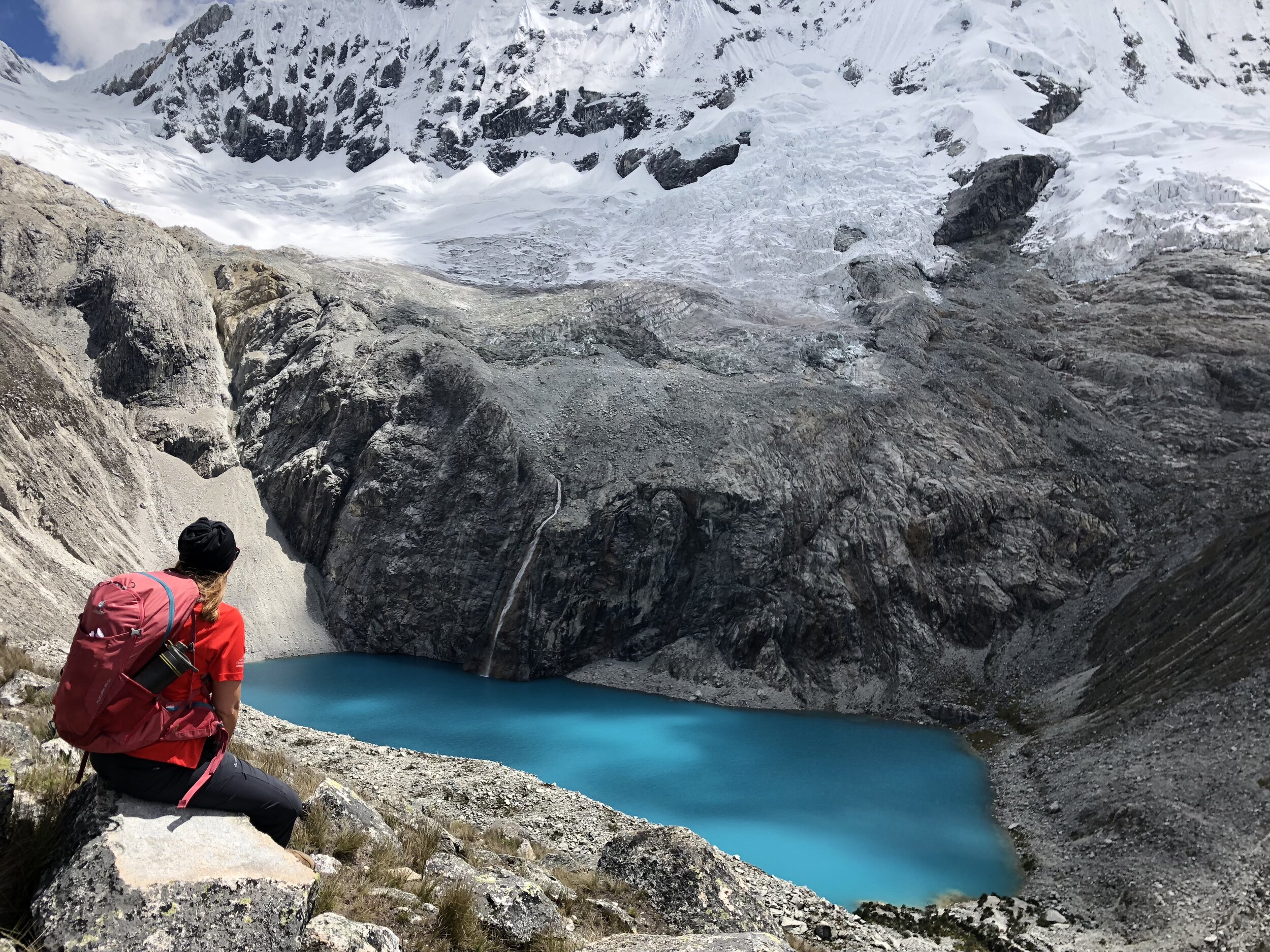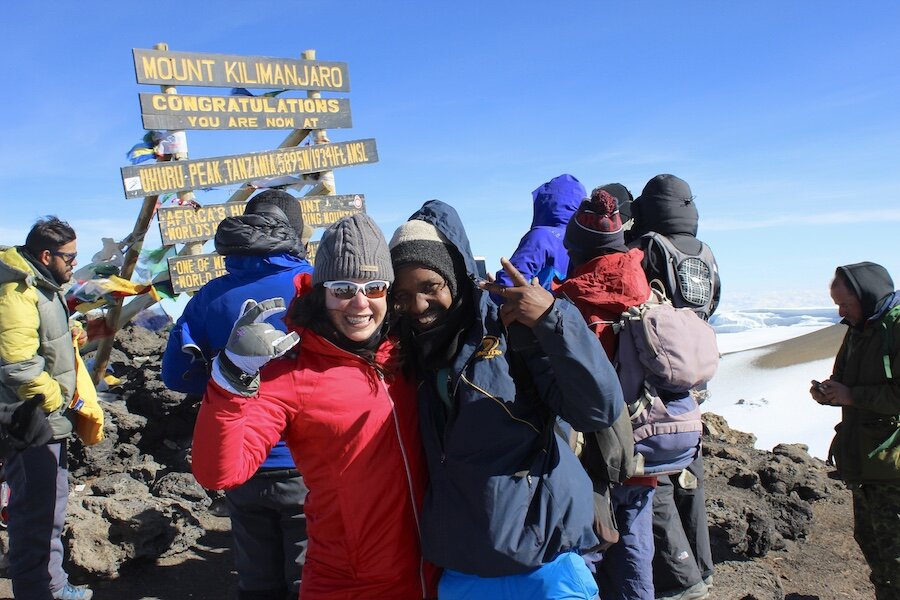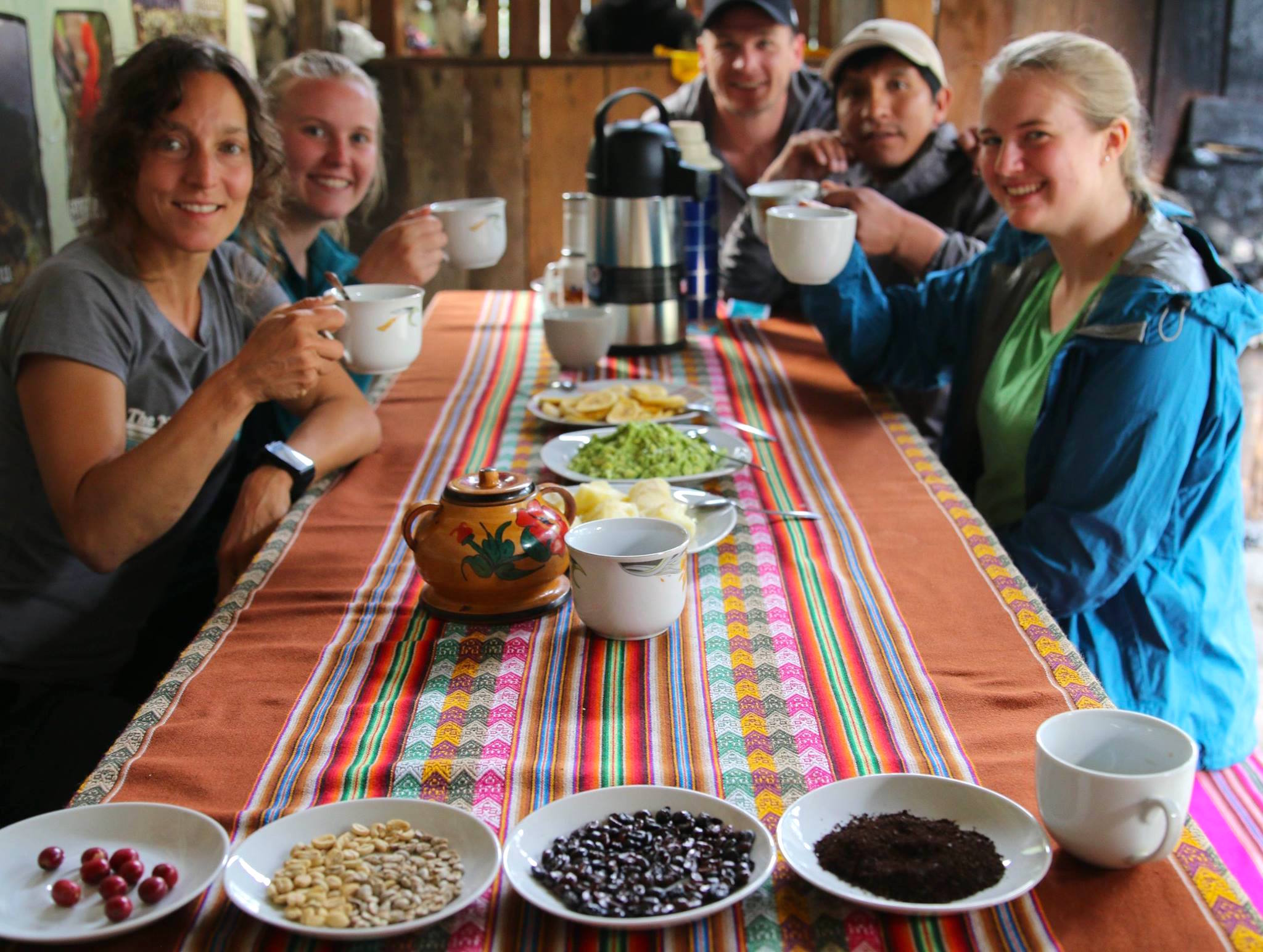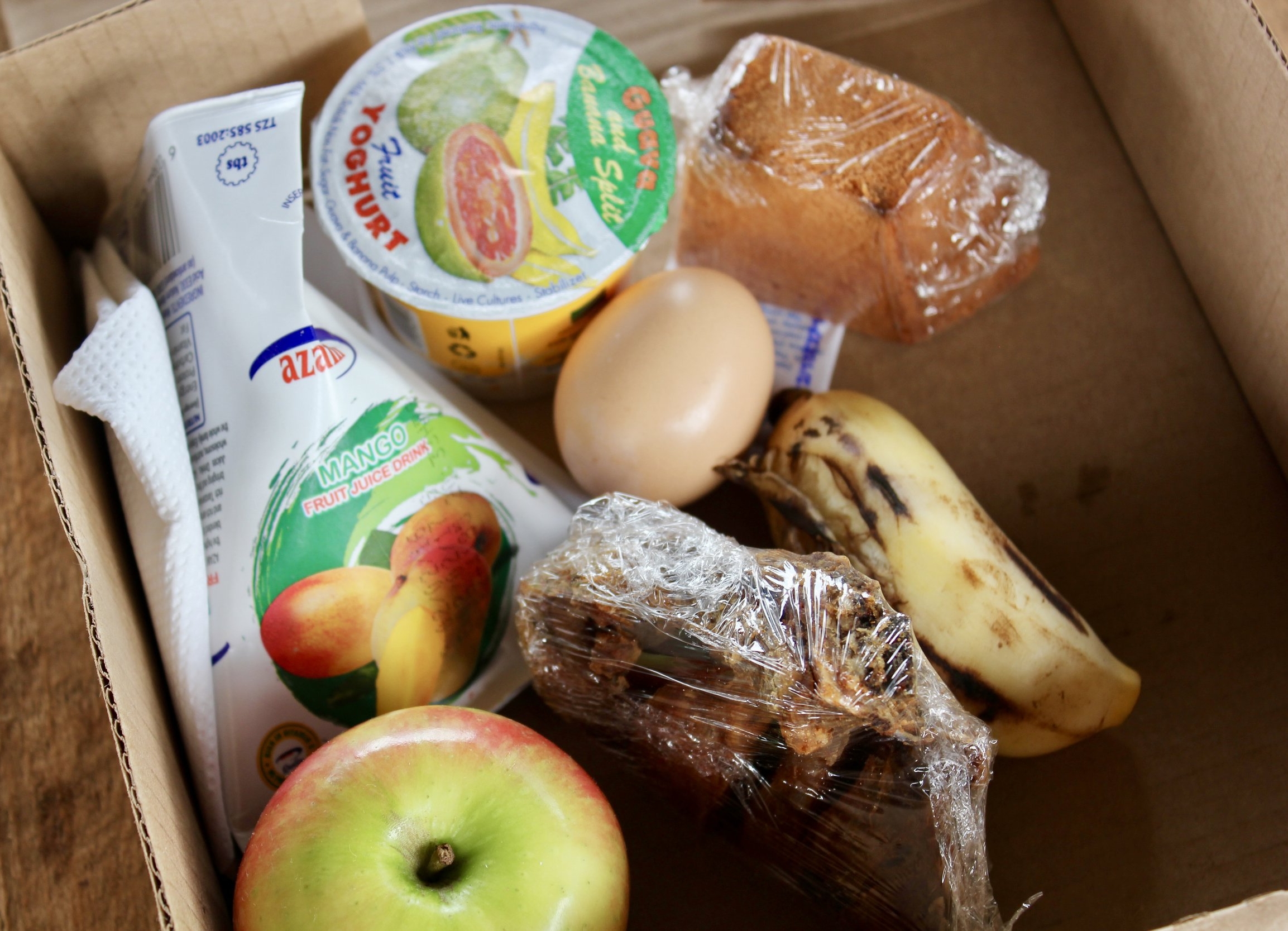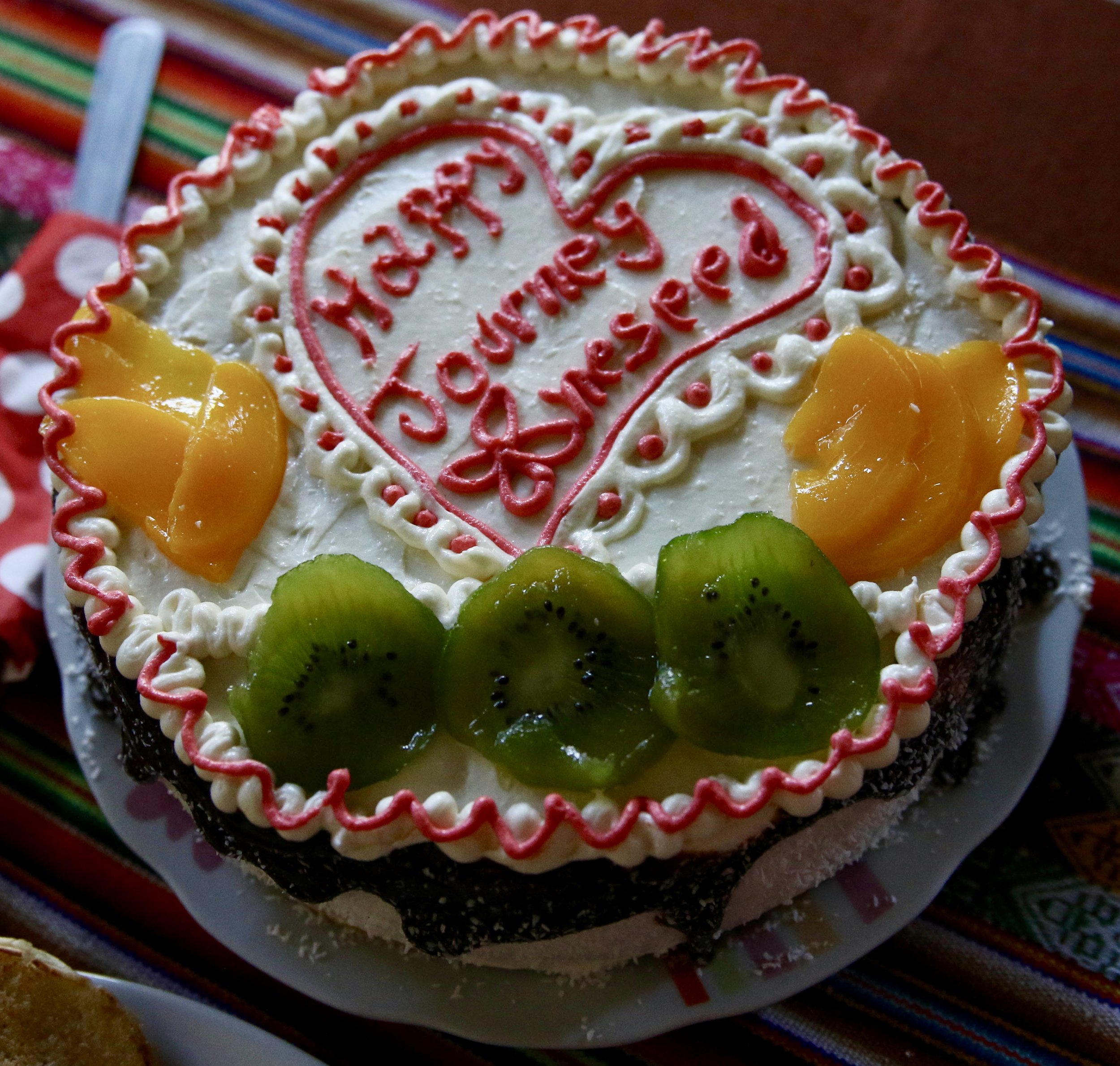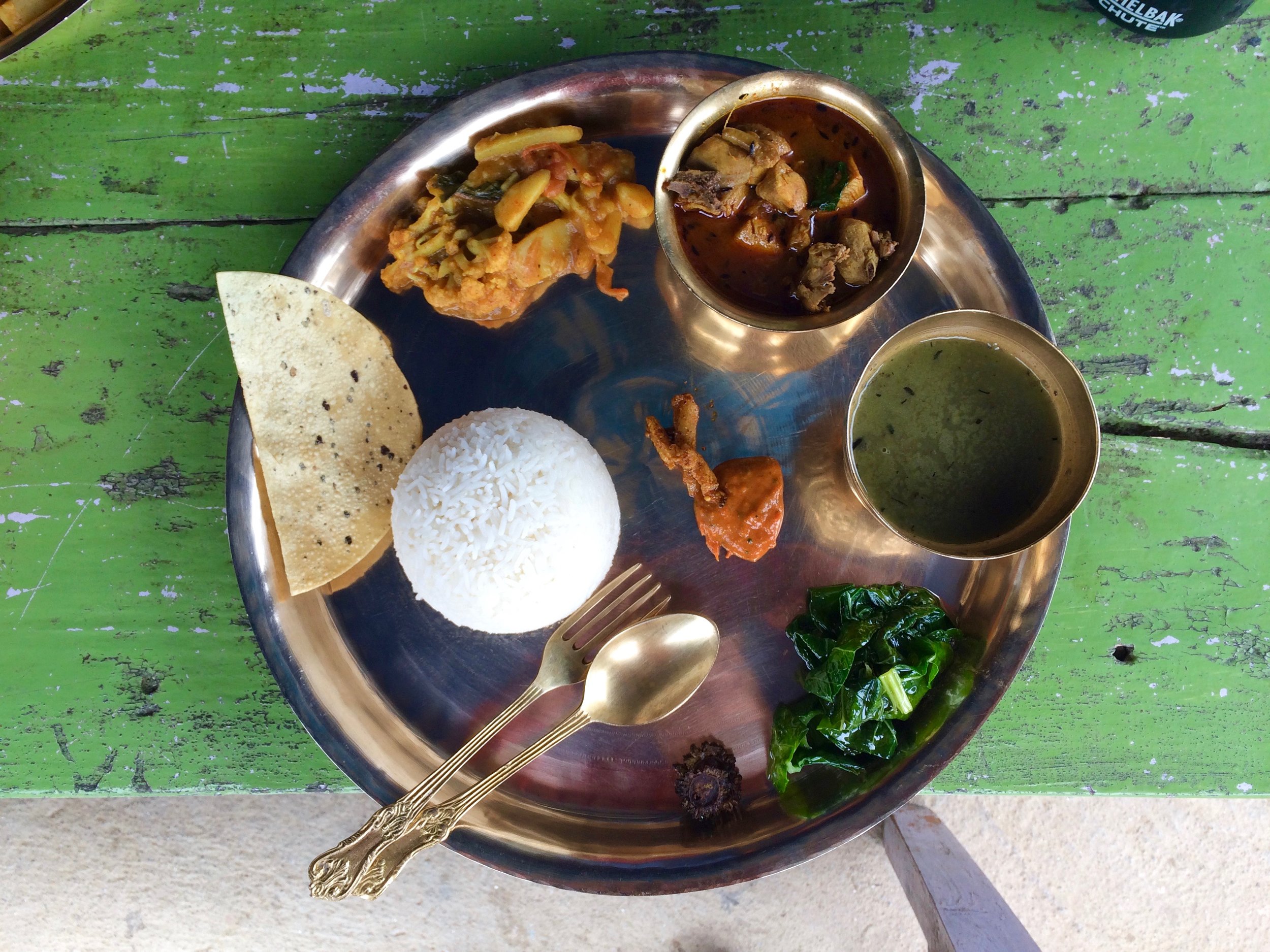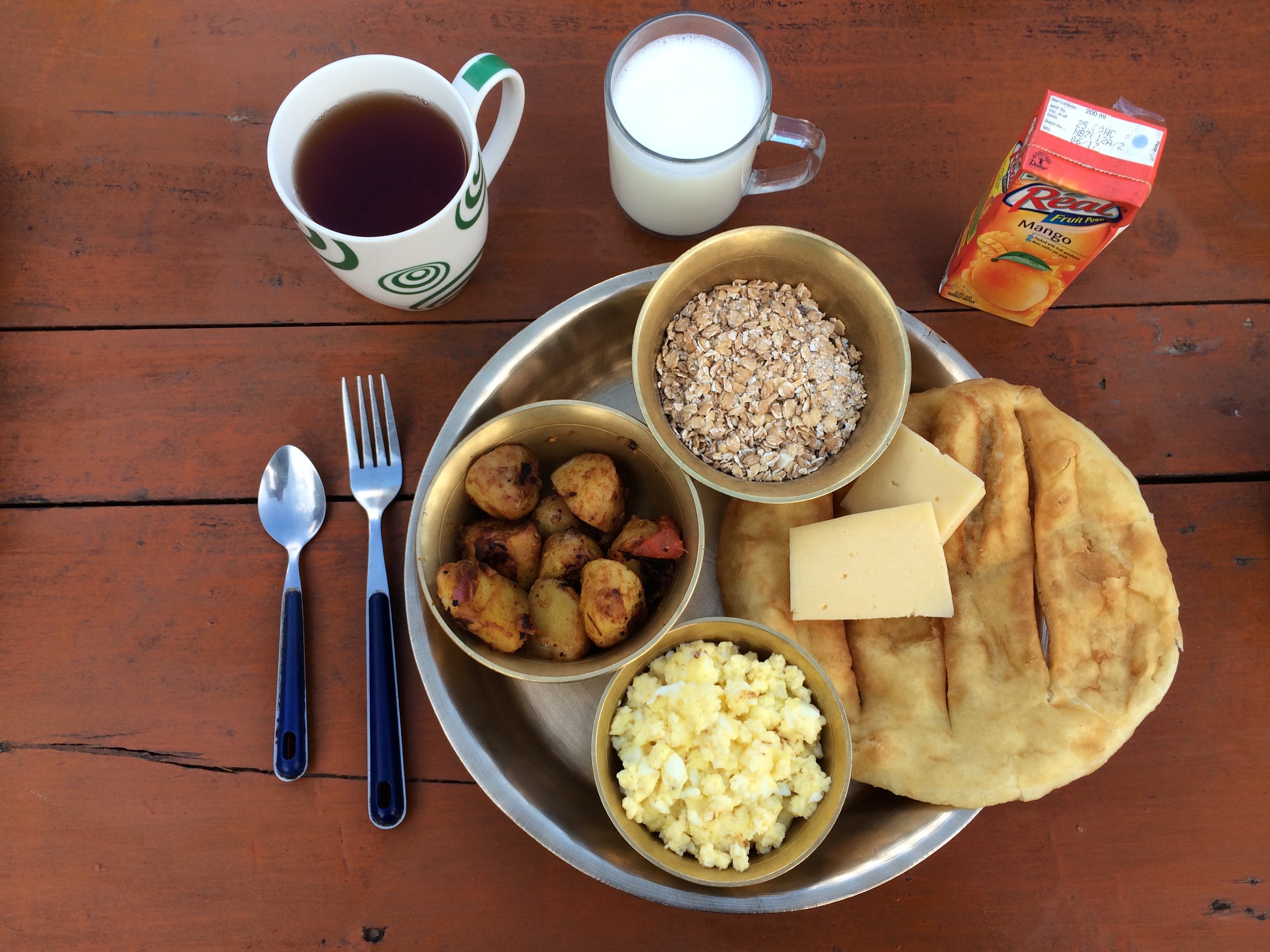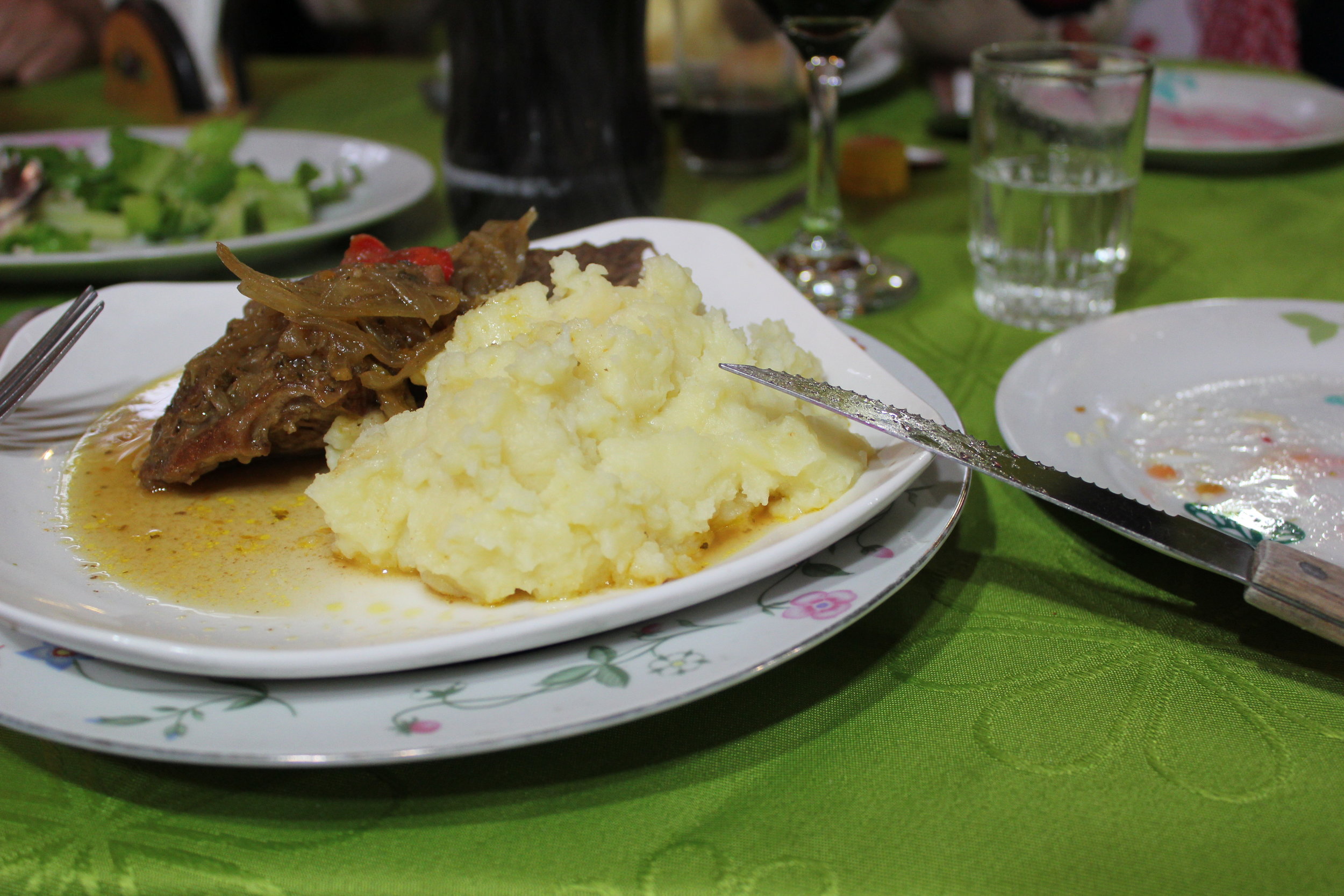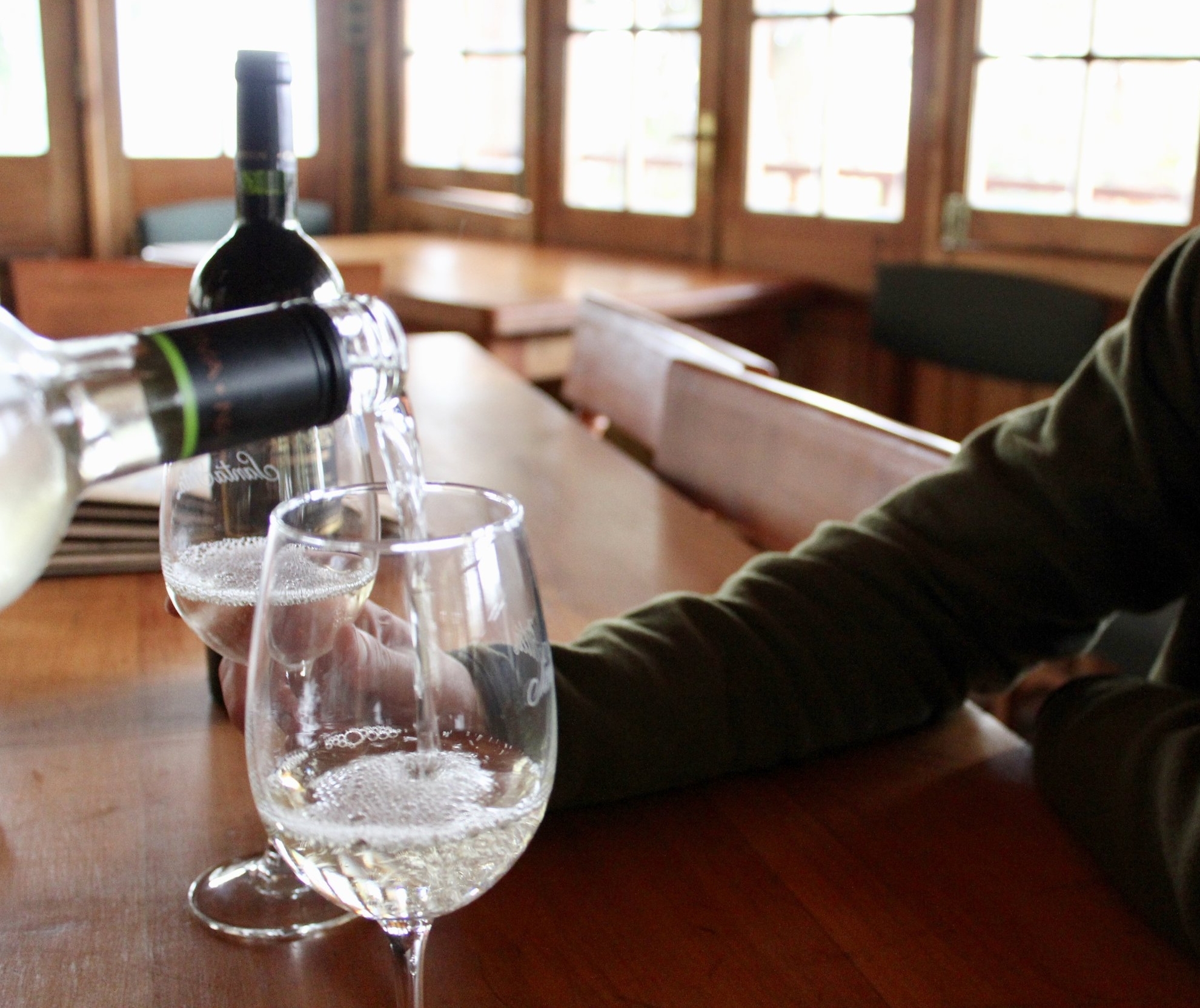Things to do in Cusco for a day on your own
If you’re traveling to Cusco for a trek to Machu Picchu, you’ll want to spend an extra day or two exploring Cusco. Extend your trip to wander through the ancient capital of the Incas packed with exquisite colonial architecture, incredible places to eat out, and world-class museums. Here are a few must-sees to consider when extending your trip:
Explore Plaza de Armas
Make your way to the Plaza de Armas – the historic center of the city. This wide-open square is awash with fountains and places to people watch. The square has a long history and two of the city’s top churches are found here - the Cusco Cathedral and the Iglesia la Compañia de Jesus. If you’re visiting during the festival season, be prepared for an incredible (but slightly crowded) time. During the Inti Raymi festival (Inca festival of the sun) and New Years’ Eve, the square is thronged with revelers. You could easily spend half a day around Plaza de Armas eating, drinking, exploring the historical buildings, and just people-watching.
Visit the museums
In Quechua, the language of the native people of the Andes, Cusco means, “navel of the world” and it is considered the capital city of the ancient Inca. Just off Plaza de Armas, you’ll find the huge Inka Museum. Not only does it have Incan art, artifacts, and mummies, but there are several exhibits that date back to pre-Inca times and the people who called Peru and South America home before the Incan empire. There are also modern art museums including Garcilaso de la Vega’s House, and the temple of Qorikancha – the most important Inca temple. It may be worth investing in a Boleto Turistico de Cusco if you’re hoping to visit several sites.
Explore San Blas Square and find the best views of the city
Located at a whopping 11,152 feet, Cusco sits at a higher altitude than most cities. Remember to drink plenty of water and take more leisurely walks when exploring the city on foot. From the San Blas District, you already have a pretty great view of Cusco from above. If you want an even better one, there are some awesome viewpoints in the district including the San Cristobal Church. It’s far enough from the busy crowds of the center that you can relax and feel that you’ve found your own hidden gem. If you really want to push yourself, find a route to the Cristo Blanco. You can get here in less than half an hour from San Blas. The Christ the Redeemer style statue has incredible views of the city and you can pick up a snack at one of the vendors nearby.
Visit the markets and sample the best Peruvian food
Peru is known for having some of the best food in South America and there’s nowhere better to try it than in Cusco. If you’re looking for something traditional and cheap, you can head to the market where there’ll be dishes like lomo saltado, papa a la huancaína, and ceviche. If you have the budget, top Peruvian chefs have restaurants here with contemporary fusion twists on traditional dishes. If you’re brave enough, try guinea pig (cuy - pronounced "kwee"). However, it’s not just Peruvian food you can make the most of. Cusco’s streets also boast world-class Japanese, Italian, and French food, to name just a few. Don’t forget to pop over the San Pedro market about an 8-minute walk from the Plaza to peruse the stalls of fresh food. You can spend hours in this vibrant and bustling market.
Shop for handicrafts
At the markets and souvenirs shops you can get everything from llama pens, hats, and Inca-patterned notebooks. If you don’t mind spending a little more, you can get a gorgeous alpaca wool poncho, hat, or gloves. Not only will you look good, but it’ll also keep you warm throughout the rest of your adventures in Peru. See some of the more unusual attractions in Cusco. While you’re shopping, swing by the 12 angled stone between Plaza de Armas and San Blas, a famous example of the intricate and advanced Inca craftsmanship.


